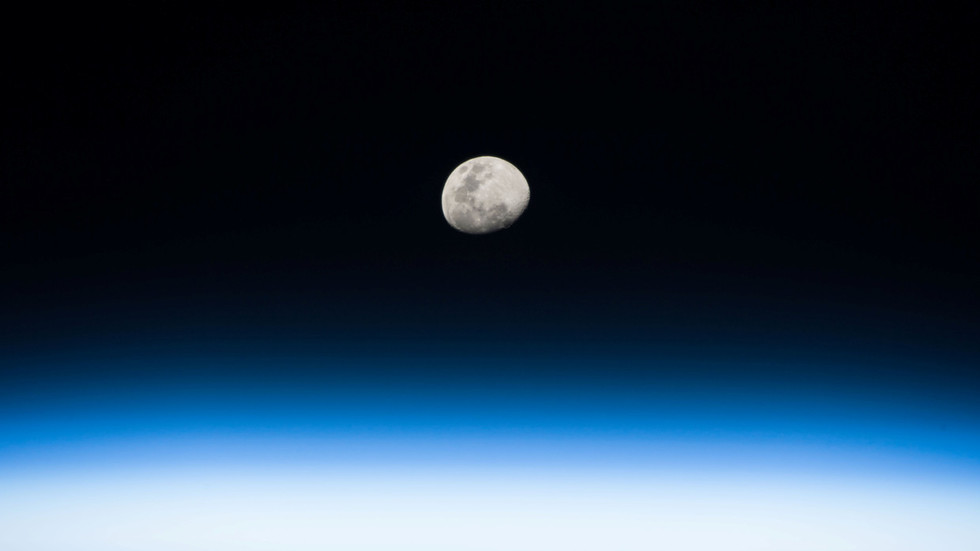
The elemental building-blocks of life arrived on Earth when it collided with a “Mars-sized planet” 4.4 billion years ago – an impact that also created the Moon, a new study has found.
Carbon, nitrogen, sulfur, and other volatile elements integral to life were transferred to Earth’s outer layers through collision with a slightly smaller planet rich in these elements at the beginning of its existence. This impact produced the moon and, eventually, gave rise to carbon-based life, according to a new model of Earth’s development devised by petrologists at Rice University.
In a collision with Earth, the volatile materials could transfer from the Mars-sized planet to Earth’s surface, but wouldn’t permeate to its core, which does not interact with its outer layers. This model solves a mystery that has puzzled geologists for decades regarding why these vital elements exist in all layers of Earth except its molten core.
“The core doesn’t interact with the rest of Earth, but everything above it, the mantle, the crust, the hydrosphere and the atmosphere, are all connected,” explained Damanveer Grewal, lead author of the study, which was published in Science Advances. “Material cycles between them.”
The collision theory resembles existing models in which a meteorite is responsible for seeding the volatile elements on Earth. Unfortunately, the carbon to nitrogen ratio in such meteorites (called carbonaceous chondrites) is much lower than the ratio found in Earth’s non-core material. Additionally, the collision theory explains why the moon and Earth have the same elemental composition – they were once part of the same sphere.

